10. The Shining – Various
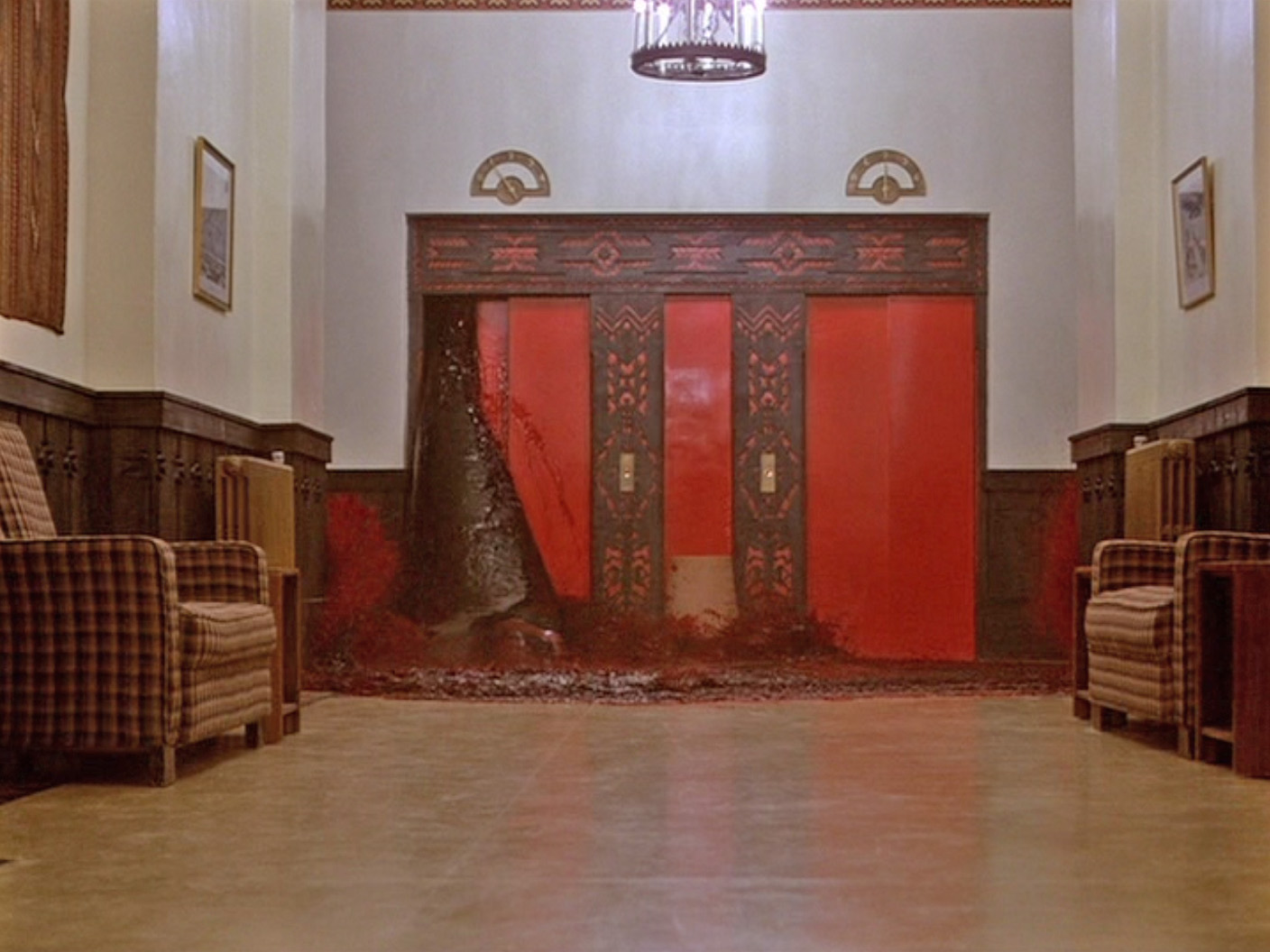
This soundtrack is a tour de force in the art of scaring audiences. Combining electronic pieces from the duo Wendy Carlos and Rachel Elkind with classical pieces by Krystof Penderecki, Gyorgi Ligeti and Bela Bartok, Kubrick created the perfect music to portray a haunted and isolated hotel along with the disturbed mind of a possessed writer.
The highlights are Penderecki pieces “The Awakening of Jacob”, “Polymorphia” and “Utrejna”. “The Awakening of Jacob” has Penderecki’s early music blueprints such as strangulated violins and dissonant outbursts. “Polymorphia” is one of the most disturbing music pieces ever written, the perfect soundtrack to a descent into madness. “Utrejna” is a combination between creepy percussion and satanic choir.
9. Jaws – John Williams
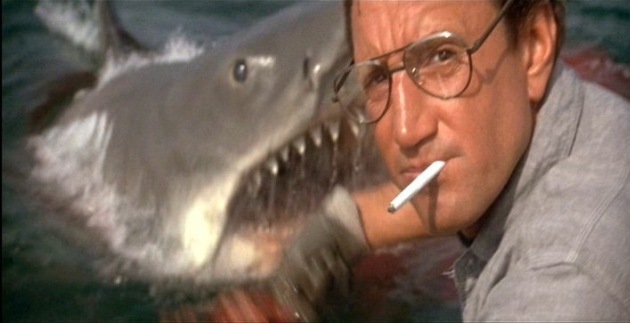
Jaws was the second movie containing the partnership between Steven Spielberg and John Williams. They had worked on “The Sugarland Express”, but it was in Jaws that they consolidated their name in Hollywood.
It’s impossible to imagine Jaws without the movie: the score is one of the most important parts of the movie. The two notes ostinato anticipates every scene in which the shark is present. It became a larger than life motif for dangerous and scary moments.
8. Videodrome – Howard Shore
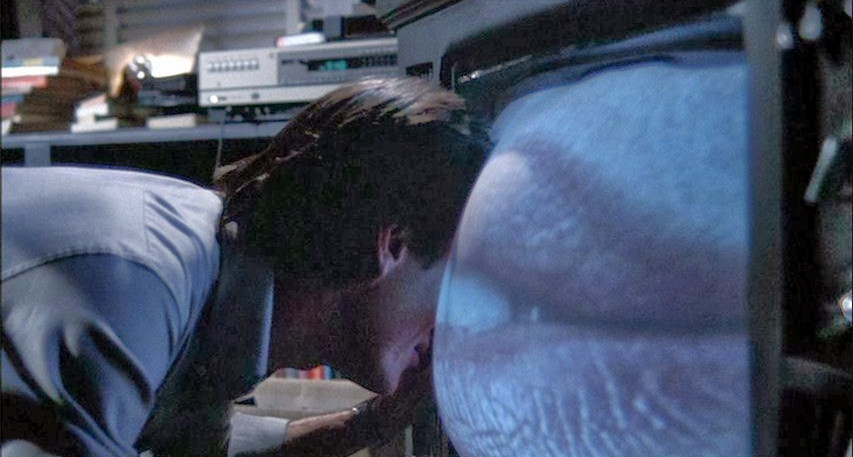
Howard Shore’s third score for David Cronenberg was a very innovative mix of classical acoustic orchestration and electronic sounds. In the movie, it is very hard to distinguish reality from the parallel world of Videodrome and Shore used the same technique for the soundtrack. He first composed the score and recorded it with a regular acoustic orchestra.
Later he programmed a synth synclavier to play the soundtrack electronically. He recorded both on tandem and later mixed the score in order to obscure which was a real sound and which was a virtual sound. The result is a creepy paranoid score, featuring both classical elements and electronic unearthly sound.
7. Candyman – Philip Glass
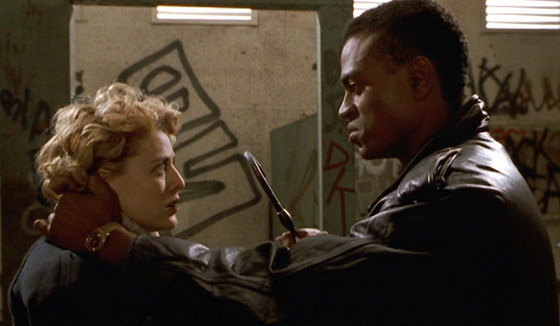
Philp Glass is one the most respect composers and pianists of contemporary music and started to write film music with the cult classics Koyaanisqatsi and Mishima: A Life in Four Chapters. Based mainly in choirs, church organs and piano pieces, this soundtrack is a beautiful yet scary art piece.
“Face to Razor” is an eerie mix of church organ and gregorian chant, similarly scary as Jerry Goldsmith’s “Ave Satani” for The Omen.”Music Box” is also one of the creepiest, playing the main theme on a music box.
6. Kwaidan – Toru Takemitsu
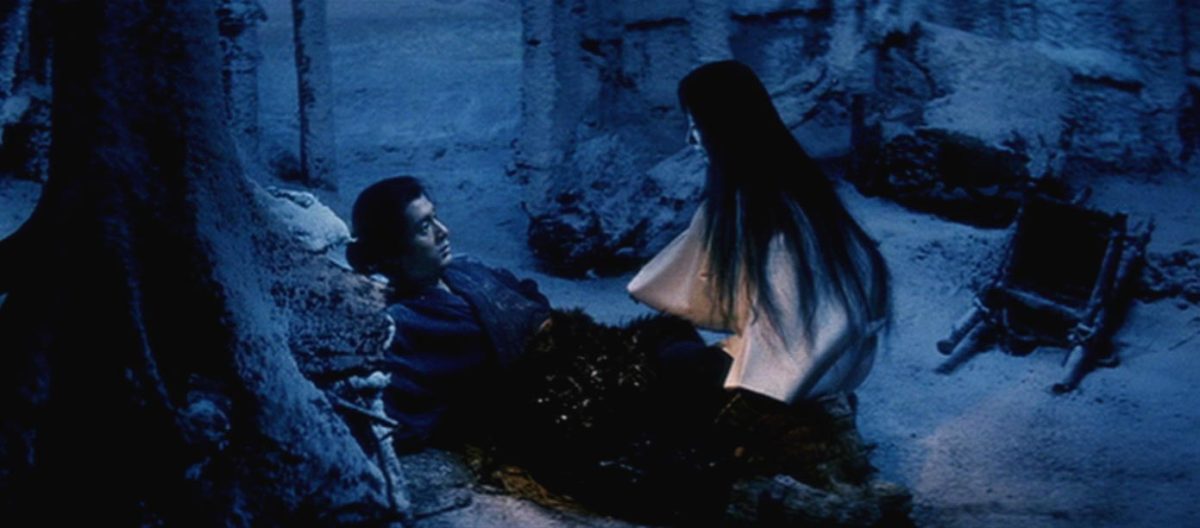
Masaki’s Kobayashi ‘s cult horror classic, Kwaidan, is one the most beautiful and intriguing movies ever made. It’s not a typical horror movie: its slow pace and the absence of scary clichés transform it into something not commonly associated with horror movies.
Toru Takemitsu’s soundtrack is an abstrack masterpiece, the perfect fusion of John Cage and Terry Riley minimalism with Oriental music.Takemitsu uses the Biwa, a typical Japanese instrument, to create tension and creepiness, as well as providing sounds that evoke a sword fight. Percussion instruments sound sparse as if they were emulating the chilling noises one hears in a silent haunted house. The whole soundtrack relies on the premise “less is more”, as Takemitsu explained later on a documentary:
“I wanted to create an atmosphere of terror. But if the music is constantly saying, “Watch out! Be scared!” then all the tension is lost. It’s like sneaking up behind someone to scare them. First, you have to be silent. Even a single sound can be film music.”
5. The Thing – Ennio Morricone
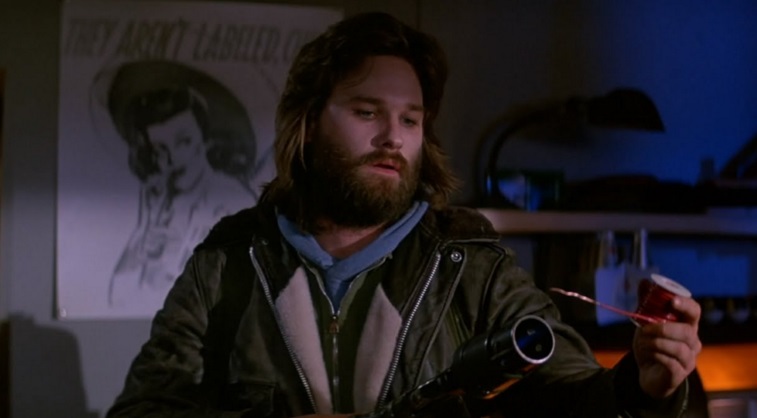
John Carpenter’s first movie without his own musical compositions, The Thing, is also a shift in the career of the Italian Maestro Ennio Morricone. Morricone has worked with almost any kind of music genre through his more than 500 movie scores: pop, classical, avant garde, rock, experimental, and of course, his own unclassifiable spaghetti music.
The Thing score marked his first use of minimalist and electronic sources that he later developed in Untouchables and Copkiller. The Thing’s score portrays perfectly the menacing presence of a faceless evil, something cold and alien to human mind. The soundtrack is so amazing that Quentin Tarantino used even its leftovers in Morricone’s score for The Hateful Eight.
4. Psycho – Bernard Herrmann
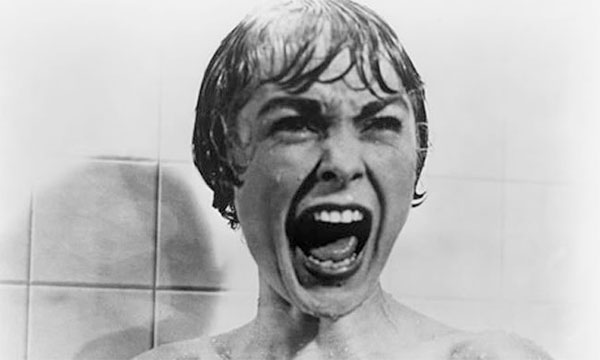
Bernard Herrmann and Alfred Hitchcock partnership produced a great number of masterpieces in cinema history. When the movie was completed, Hitchocock gave two specific instructions to Hermann in order for him to compose the soundtrack: to create background music to the scene where Janet Leigh is driving her car with the stolen money and not to create any background music for the shower scene. Herrmann accepted the first instruction but the second one he vehemently objected.
Stubborn as he was, Herrmann created very descriptive music for a scene that was already descriptive. Moreover, it worked perfectly. The violins’ squeak created the creepiest sound possible. Herrmann’s idea was to create a sound similar to the chirp of birds evoking the taxidermist habits of Norman Bates.
More than the famous shower scene, Herrmann’s soundtrack does a great job in anticipating the sensation that something gloomy and terrible is about to happen. That bump-bump-bump-bump in the beginning is a 7th chord that contains both major and minor intervals. Along with the major, the minor provides a sensation that underneath the surface something evil is coming.
3. Rosemary’s Baby – Krystof Komeda
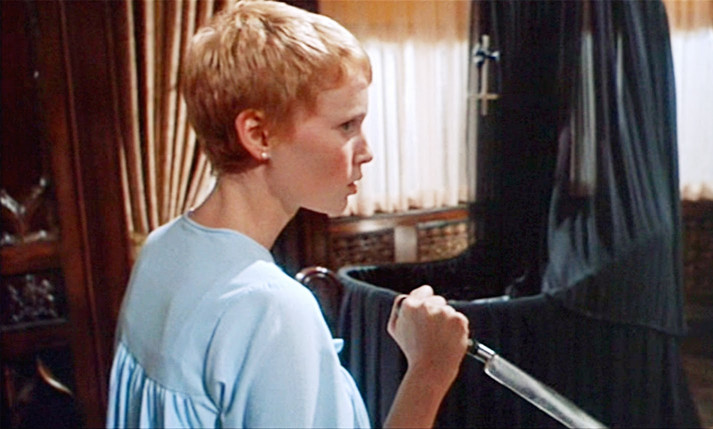
Krystof Komeda was Roman Polanki’s partner in all his movies before Rosemary’s Baby. Komeda as an influent jazz composer and one of the pioneers of the avant garde European movement, and that reflected on his soundtrack compositions: they all had jazzy elements, in different levels (Fearless Vampire Killers was not as jazzy as Knife in the water, although it had some avant garde jazz features).
His soundtrack for Rosemary’s baby also belongs in this category. As scary as it may be, Komeda’s score shred much more similarities with jazz oriented soundtrack efforts than with classical thriller/horror soundtracks. Even the famous “Rosemary’s baby theme”, is a subtle track, a satanic lullaby that reveals its evil in a delicate way. The jazzy atmosphere of the soundtrack also helps to evoke the feeling of a normal middle class family and their “perfect life”. However, Komeda does a brilliant job in adding thin layers of sinister sounds as if things were not as they seem to be.
2. Suspiria – Goblin
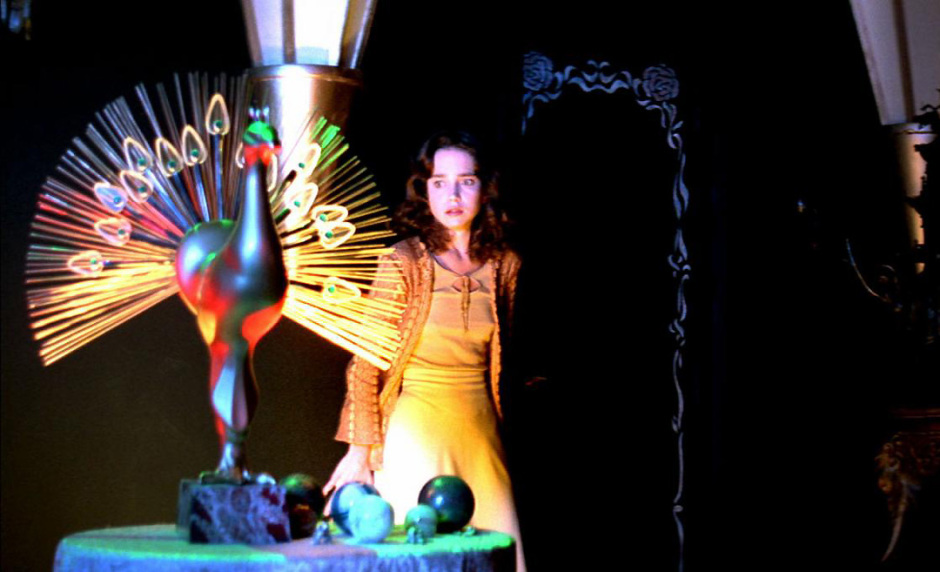
Suspiria’s soundtrack is so scary that director Dario Argento played it as background music for actors during the shooting of the movie. Italian progressive masters Goblin had previously worked with Argento in Profondo Rosso, providing slightly creepy but yet dynamic soundtrack for the thriller.
In Suspiria, there is little dynamic and the focus is almost entirely in creating a devilish feeling as some sort of witch ritual music. The main theme starts with a diabolical chant along singed along with music box sounds and the Greek instrument bouzouki. Argento’s idea was “I need the audience to feel that the witches are still there, even if they’re not actually on the screen.”
Differently from many Goblin scores, which rely almost entirely on jazz-rock dynamics in order to create tension, Suspiria’s soundtrack is a masterpiece in the art of demonical atmosphere. “Witch” which is the track that starts the movie in the famous rain/forest scene, perfectly sets the tone of the movie: a ritual beat combined with dissonant synth notes and maniacal voices.
The trio Markos, Black Forest and Blind Concert (although not so present in the movie) are certainly similar to Goblin’s prog sound in Profondo Rosso, however behind the groove there’s always some dissonant menacing atmosphere present.
1. The Omen – Jerry Goldsmith
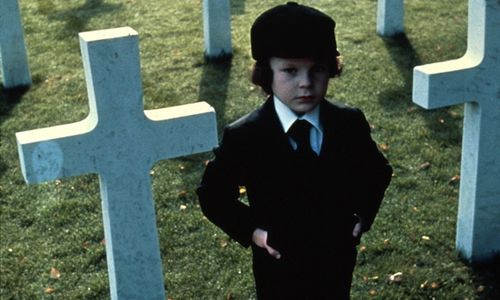
Jerry Goldsmith has always been an innovator in soundtrack history. Freud, Planet of the Apes, Chinatown and Alien are some examples of how his work relies on experimentation, mostly with atonal structures. These atonal structures tend to produce feelings of creepiness, danger and mystery. However, when it comes to scariness, there is nothing like The Omen.
The Omen is evil in form of music. Perverting a Catholic mass, Goldsmith has created lyrics for an ode to Satan in form of Gregorian chant. “Hail Satan” sings the choir; while in the background the National Philharmonic Orchestra provide grandiose Wagnerian music, as if the Devil itself was watching everything. Apart from the classic “Ave Satani” song, the soundtrack has incredible moments of brilliant orchestration along with calm moments that only help to anticipate the feeling that something sinister is about to happen.